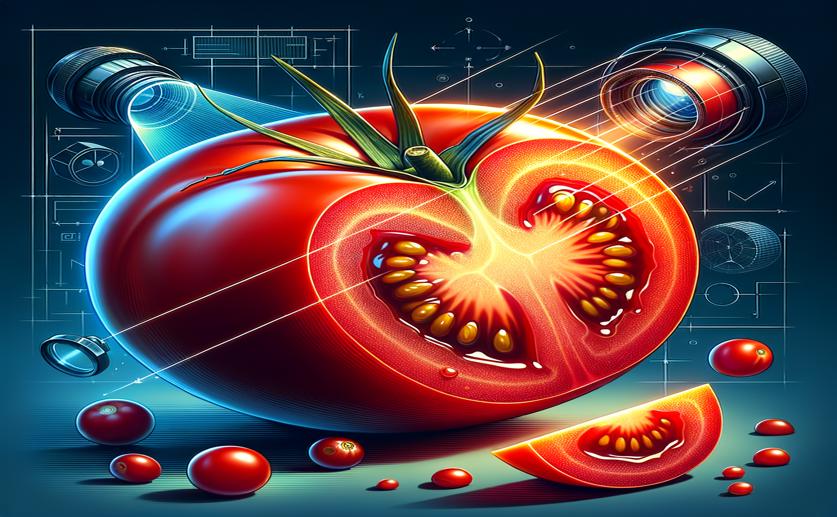
Measuring Sugar Levels in Tomatoes Using Advanced Imaging Technology
Jim Crocker
15th August, 2024

Image Source: Natural Science News, 2024
Key Findings
- The study from Ningxia University developed a non-destructive method to predict tomato flavor using hyperspectral imaging and neural networks
- Higher nitrogen levels in the soil resulted in lower soluble solids content (SSC) in tomatoes, affecting their flavor
- The prediction models, particularly CARS-CNN and IRIV-PCNN, showed high accuracy, making them reliable tools for monitoring tomato quality
References
Main Study
1) Determination of soluble solids content in tomatoes with different nitrogen levels based on hyperspectral imaging technique.
Published 13th August, 2024
https://doi.org/10.1111/1750-3841.17264
Related Studies
2) Determination of the composition in sugars and organic acids in peach using mid infrared spectroscopy: comparison of prediction results according to data sets and different reference methods.
3) Hyperspectral Imaging Using a Convolutional Neural Network with Transformer for the Soluble Solid Content and pH Prediction of Cherry Tomatoes.



 30th May, 2024 | Greg Howard
30th May, 2024 | Greg Howard